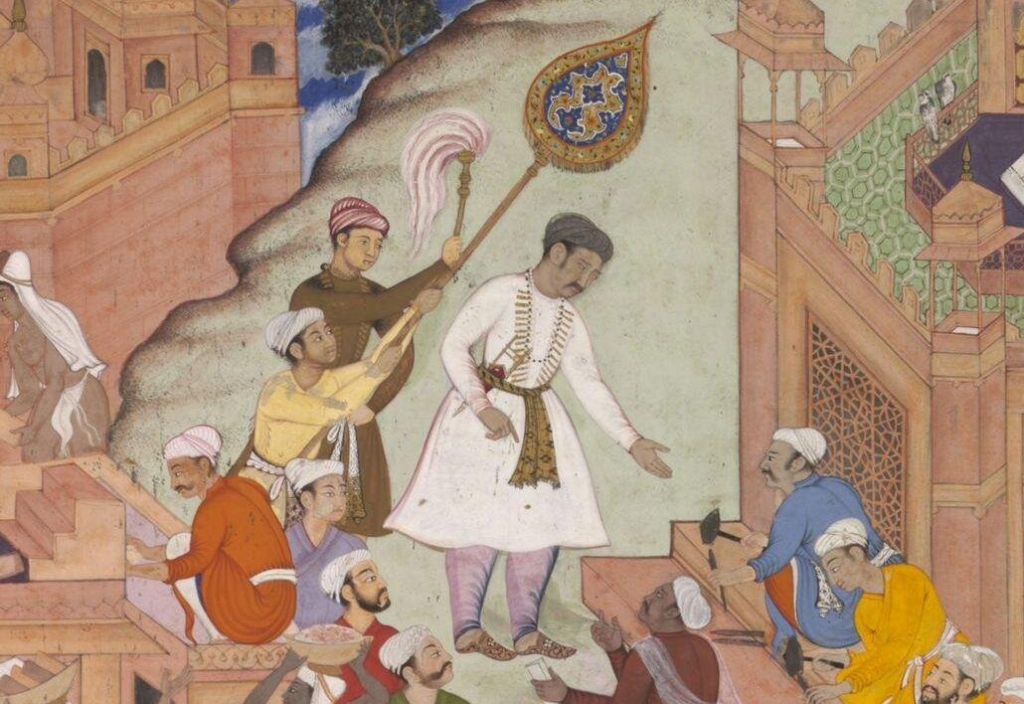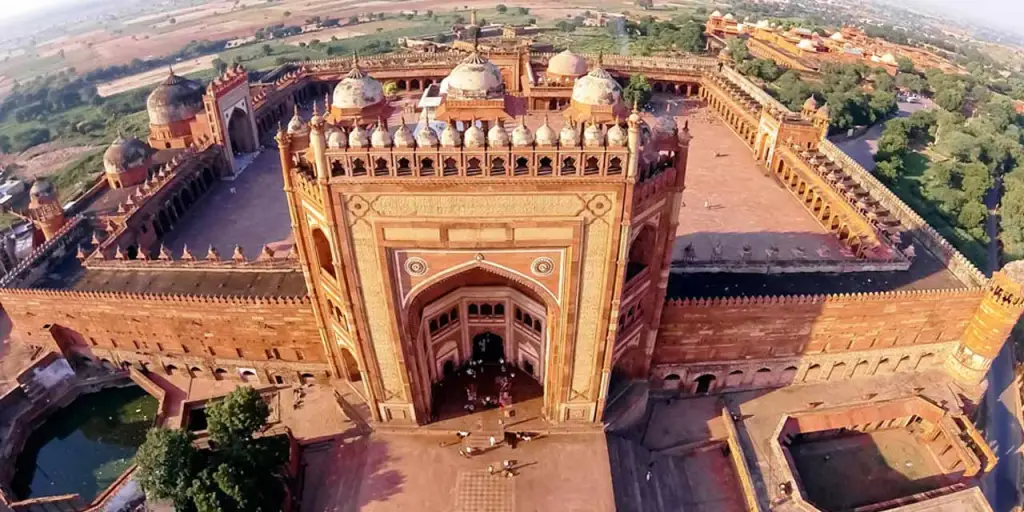All blog posts
Explore the world of design and learn how to create visually stunning artwork.
Fatehpur Sikri: History, Entry Time, Ticket Price, and Overview
November 2, 2024 | by Vaibhav Sharma
Introduction
Fatehpur Sikri, a captivating Mughal city near Agra, is known for its historical significance and architectural marvels. Built in the 16th century by Emperor Akbar, this UNESCO World Heritage Site is a symbol of cultural harmony, bringing together architectural styles from Persia, India, and Islam. Whether you’re a history lover, an architectural enthusiast, or a traveler, Fatehpur Sikri offers a mesmerizing experience.
Table Of Content
- Historical Background of Fatehpur Sikri
- Architectural Highlights
- Visiting Information
- How to Reach Fatehpur Sikri
- Best Time to Visit
- Tips for Visitors
- Frequently Asked Questions
- Conclusion
History of Fatehpur Sikri
Founding of Fatehpur Sikri
In 1571, Mughal Emperor Akbar established Fatehpur Sikri as the empire’s capital, envisioning a new city to celebrate his successful campaigns and the blessings of Saint Sheikh Salim Chishti. Akbar built the city to commemorate his son’s birth, Prince Salim (later Emperor Jahangir). However, due to severe water scarcity, the city was abandoned within 15 years.

Significance
Fatehpur Sikri is not just a city but an embodiment of Akbar’s vision of a unified kingdom. The unique blend of Persian, Islamic, and Indian architectural elements here reflects the spirit of Akbar’s tolerance and religious openness.
Architectural Highlights
Fatehpur Sikri is filled with monumental structures, each showcasing intricate designs and cultural significance. Here’s a breakdown of its architectural masterpieces:
Buland Darwaza
Overview
Standing at 54 meters, the Buland Darwaza is one of the tallest gateways in the world. Built to celebrate Akbar’s victory over Gujarat, it’s an awe-inspiring entrance adorned with inscriptions and intricate carvings.
Notable Features
- Red sandstone and white marble elements
- Verses from the Quran inscribed on the central arch
- Panoramic views of Fatehpur Sikri from the top steps
Jama Masjid
Overview
One of the grandest mosques of its time, the Jama Masjid is a blend of Islamic and Persian architecture. It remains an active mosque and a spiritual center.
Notable Features
- Ornate Mughal pillars and arches
- Courtyard with space for thousands of worshipers
- Sacred prayer hall reserved for followers
Diwan-i-Khas
Overview
Known as the “Hall of Private Audience,” the Diwan-i-Khas is where Emperor Akbar discussed matters of state and philosophy. Its unique central pillar stands as a masterpiece of Mughal engineering.
Notable Features
- Central pillar with 36 intricate brackets symbolizing unity
- Raised platform representing the emperor’s throne
- Blend of Hindu, Jain, and Islamic architectural motifs
Tomb of Salim Chishti
Overview
The Tomb of Salim Chishti is a revered site built in honor of the saint who predicted the birth of Akbar’s son. Devotees tie threads here, seeking blessings and fulfillment of their wishes.
Notable Features
- Pure white marble construction
- Delicate jali (lattice) work on the tomb walls
- Central courtyard for devotees and visitors
Panch Mahal
Overview
The Panch Mahal, a five-story structure, was designed as a recreational area for the royal ladies. The open design allows natural ventilation and provides a beautiful view of the surroundings.
Notable Features
- Gradually diminishing size from bottom to top
- 176 columns supporting each story
- Exceptional views of the landscape from the top floor
Visiting Information
Entry Timings
- Opening Hours: Open daily from 6:00 AM to 6:30 PM.
- Recommended Visit Time: Early mornings and late afternoons offer ideal lighting for photographs and a pleasant touring experience.
Ticket Prices
- Indian Nationals: ₹50
- Foreign Nationals: ₹610
- SAARC and BIMSTEC Nationals: ₹50
- Children (Below 15 Years): Free entry
How to Reach Fatehpur Sikri
Fatehpur Sikri is easily accessible from nearby cities. Here’s how you can reach:
- By Air: Agra’s Kheria Airport (about 40 km away) is the closest airport.
- By Train: Agra Cantt railway station is the nearest major station; from there, taxis are available to Fatehpur Sikri.
- By Road: Well-connected by road, buses and private taxis run frequently from Agra.
Best Time to Visit Fatehpur Sikri
Ideal Season: October to March offers cool, pleasant weather, perfect for exploration. Summers can be very hot, making it uncomfortable to explore the open structures.
Pro Tip: Early mornings and weekdays are best for avoiding large crowds.
Tips for Visitors
- Hire a Guide: A licensed guide can enrich your experience by sharing historical anecdotes and architectural insights.
- Stay Hydrated: Carry water as the site is extensive and requires significant walking.
- Wear Comfortable Footwear: The exploration involves a lot of walking, so comfortable shoes are essential.
- Respect Local Customs: Dress modestly and follow instructions, especially in religious areas.
Frequently Asked Questions For Fatehpur Sikri
Q1. Is there a dress code for visitors?
There’s no strict dress code, but dressing modestly is recommended, especially around religious monuments.
Q2. Can I book tickets online?
Yes, tickets are available online, allowing you to skip the queue on-site.
Q3. How long does it take to tour the entire site?
A complete tour generally takes 3-4 hours, depending on your pace and interest in each structure.
Q4. Are there food and drink facilities on-site?
While there are stalls nearby, it’s advised to carry your own snacks and water for convenience.
Conclusion
Fatehpur Sikri is a treasure trove of Mughal heritage, inviting travelers to walk through history and witness Emperor Akbar’s grand vision. From its towering Buland Darwaza to the serene Tomb of Salim Chishti, each structure tells a story of devotion, artistry, and grandeur. Whether you’re visiting for historical interest or simply to appreciate the architectural beauty, Fatehpur Sikri promises an unforgettable experience.
Plan your visit and immerse yourself in the elegance and mystique of Fatehpur Sikri, a true marvel of Mughal history.


